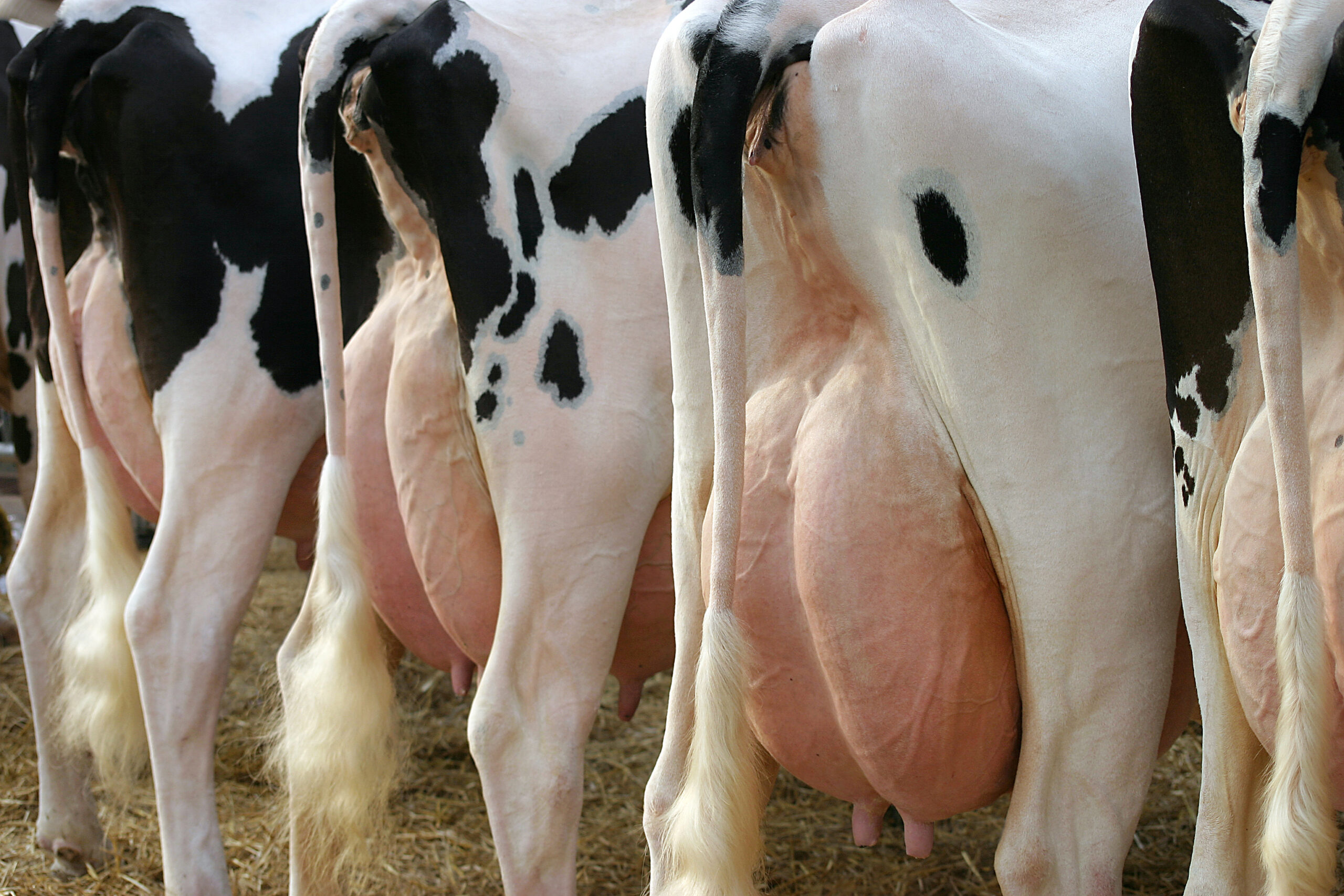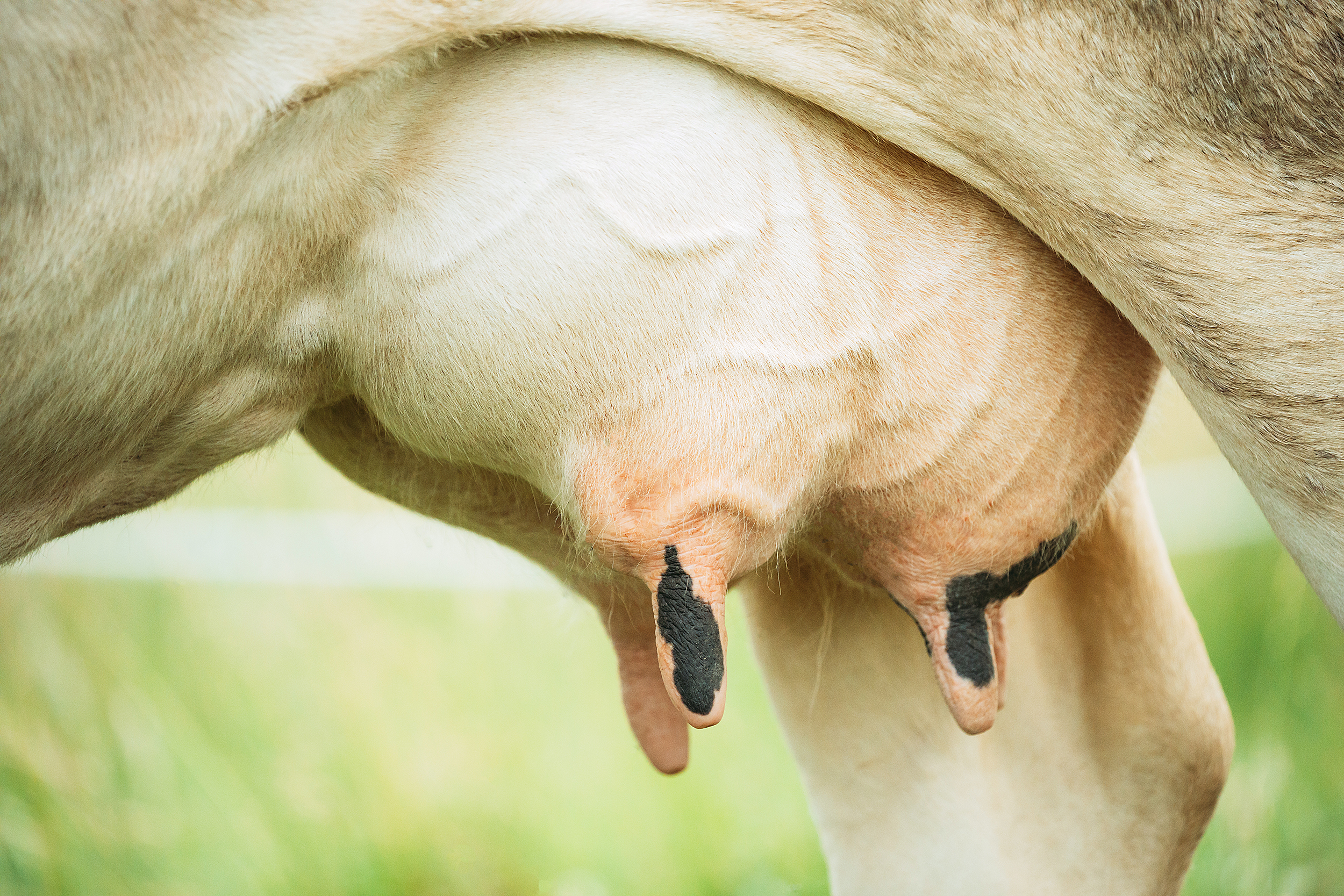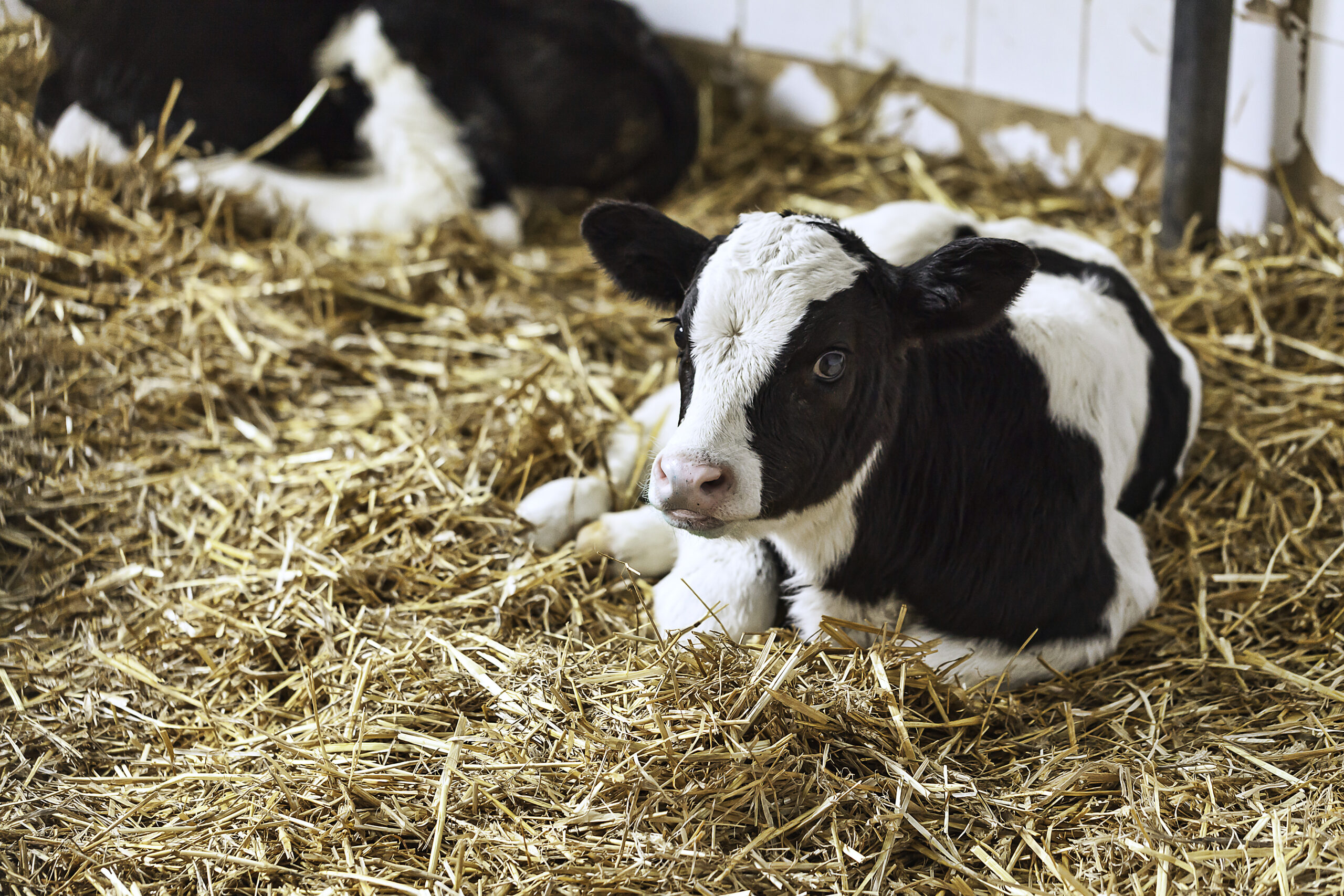



Each video and podcast contains highlights of ruminant research sponsored by Adisseo and presented during the 2022 American Dairy Science Association (ADSA) Annual Meeting.
Highlights include what was researched and why, a brief summary of the findings, the conclusions drawn, and insights on how best to apply the results.

Researchers from Unesp, Jaboticabal, Brazil, sought to evaluate the effects of essential amino acids on de novo milk fat synthesis in bovine mammary epithelial cells. They noted that increased milk fat yield has been observed when dairy cows are supplemented with essential amino acids. Milk fat is one of the most important components considered in establishing milk price.
The researchers exposed the mammary cells to treatments in which a single essential amino acid was omitted at a time, along with positive (containing all essential amino acids) and negative (containing no essential amino acids) controls. Omission of methionine, leucine, isoleucine, histidine, and lysine influenced milk fat synthesis at the primary mammary epithelial cell level.
In order to formulate diets that can increase milk fat production in dairy cattle, the researchers concluded that it is important to understand the relationships among essential amino acid nutrition and mammary gland milk fat synthesis.
Features Dr. Izabelle Teixeira, Professor at the University of Idaho. Yumi Taguti, undergraduate student at Unesp, Jaboticabal, Brazil. Dr. Brian Sloan, Global Director of Ruminant Amino Acids and Protected Nutrient Business, Adisseo. Dr. Daniel Luchini, Head of Ruminant R&I, Adisseo. Dr. Danielle Coleman, Ruminant R&I Science Manager, Adisseo.
.
2376W Linking amino acids to milk fat synthesis.

Researchers from the University of Wisconsin – Madison hypothesized that glucogenic energy, by stimulating insulin secretion, may increase the effect of amino acids on the production of milk components. Using a Latin square design with four 28-d periods, they fed two energy sources — glucogenic (27.5% starch, 3.2% fatty acids) or ketogenic (20.0% starch, 5.8% fatty acids) — and two amino acid levels — 10% metabolizable amino acid deficient or amino acid sufficient, balanced for leucine, lysine and methionine.
Overall, balanced amino acid supplementation stimulated production of milk and components independently of energy source, but milk urea nitrogen and urinary nitrogen excretion results suggest cows used nitrogen more efficiently under glucogenic diets.
Features Dr. Sebastian Arriola Apelo, Assistant Professor at the University of Wisconsin. Kathryn Ruh, MSc student at the University of Wisconsin. Dr. Brian Sloan, Global Director of Ruminant Amino Acids and Protected Nutrient Business, Adisseo. Dr. Daniel Luchini, Head of Ruminant R&I, Adisseo. Dr. Danielle Coleman, Ruminant R&I Science Manager, Adisseo.

In a study led by South Dakota State University, researchers evaluated the effects of rumen-protected methionine (Smartamine® M) on lactation performance and liver glutathione of lactating dairy cows during a subclinical mastitis challenge.
Cows either received a control diet or one supplemented with 0.09% rumen-protected methionine, and mastitis was induced in one quarter of each mammary gland.
There was a trend for greater milk yield after subclinical mastitis in cows supplemented with rumen protected methionine compared to controls. Milk protein percent was higher in Smartamine M (+0.19% units) before the challenge and was maintained post challenge. The milk fat percent for Smartamine M increased by 0.43% immediately post challenge. No differences were observed in energy metabolites or dry matter intake. There were also greater liver glutathione levels in supplemented cows. These results show that methionine supplementation during subclinical mastitis may positively affect milk performance and increase liver glutathione in lactating dairy cows.
A second abstract examined inflammation and immune response results of the cows in this trial, showing that methionine supplementation during a subclinical mastitis challenge may control inflammation and oxidative stress while potentially increasing immune cell capabilities through enhanced cellular protein synthesis.
Features Anita Paz, MSc student at the South Dakota State University. Tainara Michelotti, MSc student at the South Dakota State University. Dr. Brian Sloan, Global Director of Ruminant Amino Acids and Protected Nutrient Business, Adisseo. Dr. Daniel Luchini, Head of Ruminant R&I, Adisseo.

Researchers at the Federal University of Pelotas in Brazil evaluated duodenal development of Holstein calves supplemented with 4 g/d of sodium butyrate (Adimix® Easy) at 15 and 30 days after birth. Intestinal villi length and crypt depth at d 30 were increased for calves supplemented with sodium butyrate.
Calves that did not receive sodium butyrate had more cases of diarrhea, and markers of gene expression indicated intestinal tissue was also less mature with more evidence of tissue repair. The researchers concluded sodium butyrate supplementation resulted in greater intestinal development.
To our audience: Video is in English, Podcast is only available in Portuguese.
Features Murilo Nicola, MSc student at the Universidade Federal de Pelotas, Rio Grande do Sul, Brazil. Shane Fredin, Ruminant Specialties & Solutions Category Director, Adisseo. Ricardo Rocha, Regional Category Manager Ruminant Specialties & Solutions, Brazil, Adisseo.
2349W Sodium butyrate improves duodenal development even in calves with neonatal diarrhea.

Cornell University researchers delivered two abstracts that investigated the effects of feeding rumen-protected methionine and calcium salts of fatty acids enriched with or without C20:5 and C22:6 (n3FA).
For the studies, 79 multiparous Holstein cows were assigned to one of four treatments: (1) methionine unsupplemented with calcium salts of palm oil not enriched in n3FA, (2) methionine supplemented but without n3FA supplement, (3) methionine unsupplemented but with calcium salts of fatty acids enriched in n3FA, or (4) methionine supplemented with n3FA. Treatments were fed from 4 weeks prior to expected calving through week 4 of lactation.
Looking at milk production, the Cornell researchers found that yields of energy-corrected milk (ECM) and milk fat, protein and lactose yields and lactose percentage were greater in cows provided n3FA, while fat-corrected milk tended to be greater. Milk protein percentage was greater and milk fat percentage tended to be greater in cows fed supplemented methionine and n3FA compared to other groups. Feeding RP-methionine together with n3FAs improved ECM by 5.5 kg per day vs the non-supplemented control.
In an accompanying poster, the researchers examined the liver function results of the same cows. Postpartum liver functionality index values (plasma bilirubin, serum cholesterol, and serum albumin) tended to be greater for cows supplemented with methionine and n3FA relative to the other groups, leading the researchers to conclude that feeding transition cows RPmethionine and calcium salts enriched in n3FA also improves liver function.
Features Tanya France, MS PhD Candidate at the Cornell University, Ithaca, NY. Dr. Brian Sloan, Global Director of Ruminant Amino Acids and Protected Nutrient Business, Adisseo. Dr. Daniel Luchini, Head of Ruminant R&I, Adisseo.

Research from France evaluated the cradle-to-farmgate environmental performance of dairy production using Life Cycle Assessment (LCA) calculations performed in the dairy module of the Animal Production Systems tool from Blonk Sustainability Tools.
A theoretical methionine balanced diet was simulated by substituting mainly soybean meal (typically imported into France) with cereals relative to the control diet. The optimized methionine-balanced diet increased predicted dry matter intake, milk yield and milk composition.
Consequently, LCA parameters were affected, decreasing the impact in France on climate change, acidification, eutrophication and land use. This research shows that balancing diets for methionine improves cow performance and may reduce environmental impacts.
Features Davide Militello, MSc student at the University of Turin, Italy. Dr. Brian Sloan, Global Director of Ruminant Amino Acids and Protected Nutrient Business, Adisseo. Laurent Thiaucourt, Animal Nutrition Consultant for Adisseo.
2220T Optimizing diets for metabolizable methionine may reduce dairy environmental impact.

European researchers described how the EU Project Dy+Milk investigated better efficiency of metabolizable protein use by reducing dietary MP content through less use of soybean meal from Brazil and balancing the profile of digestible amino acids in diets for lactating cows.
This investigation confirmed that better balancing methionine and lysine using rumen-protected amino acids in reduced-MP diets (containing less Brazilian soybean meal) increased cow performance and improved the environmental impact of nitrogen in high production dairy cow herds in western France.
Features Davide Militello, MSc student at the University of Turin, Italy. Robert Bennett, Ruminant Category Manager, EMEA, Adisseo. Dr. Lahlou Bahloul, Global Ruminant Support, Rumen-Protected Nutrients, Adisseo.